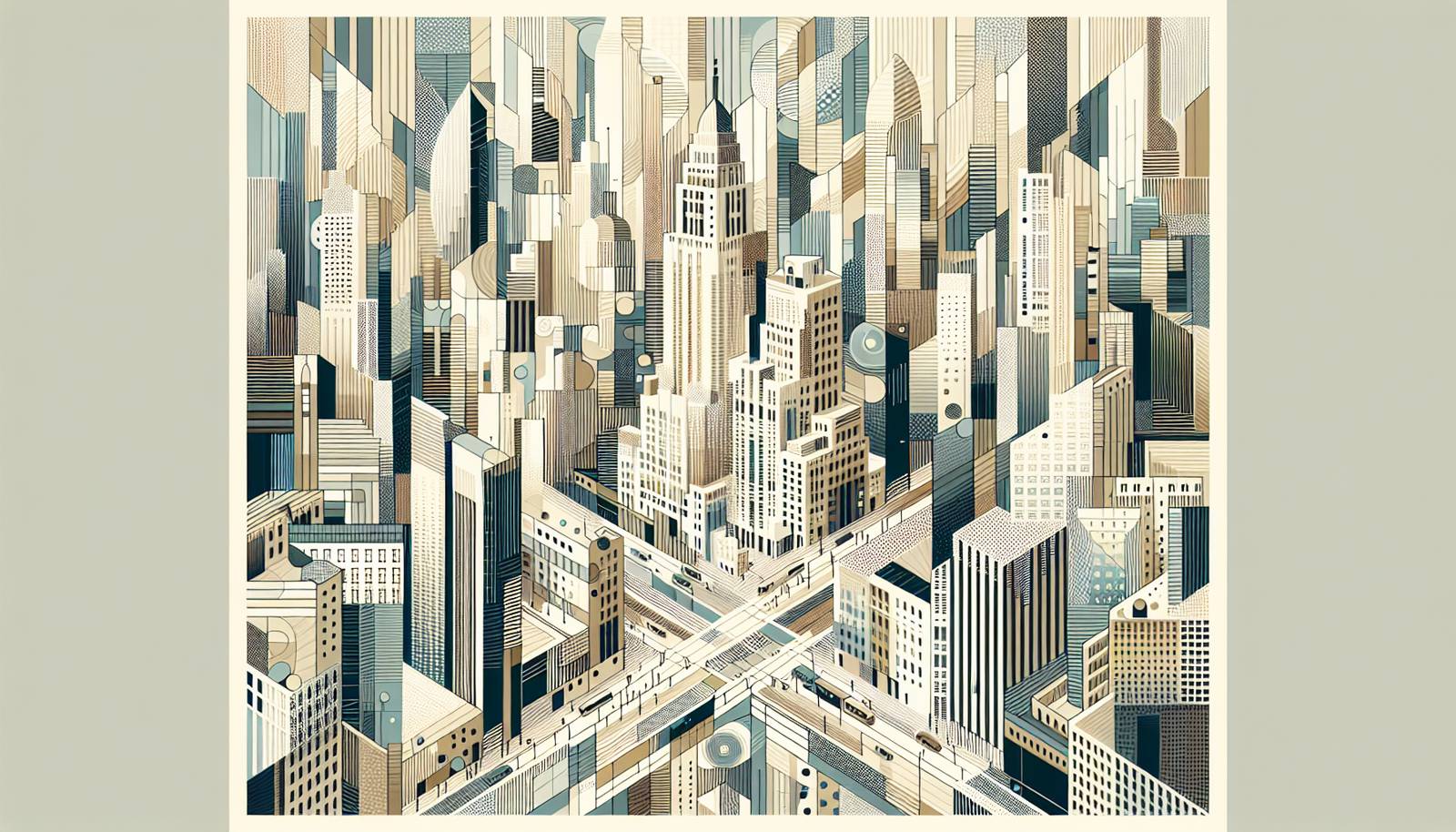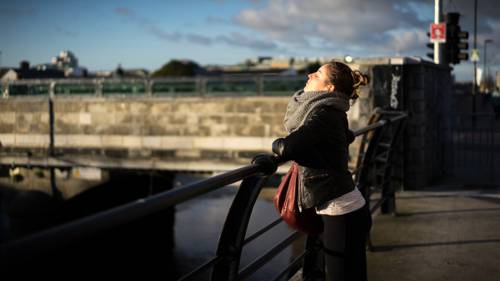
FAQ About The Role of Street Photography in Capturing Urban Life

What is street photography?
Street photography is a genre of photography that aims to capture candid moments in public spaces. This form of photography emphasizes everyday scenes and interactions within urban environments, often showcasing raw and spontaneous emotions and behaviors. Street photographers typically use their cameras to document life as it happens, unposed and unscripted.

Why is street photography important in capturing urban life?
Street photography plays a crucial role in capturing urban life by providing a visual record of the everyday interactions, diversity, and vibrancy found within cities. The genre helps to document the social and cultural dynamics of urban environments, offering insights into the human experience and societal change over time. These images can challenge perceptions and inspire discussions on various public and personal realities.

How does street photography reflect societal changes?
Street photography reflects societal changes by documenting the evolution of urban environments and the people within them. Photographers capture shifts in fashion, architecture, technology, and social behavior, allowing for a visual timeline of cultural and societal development. These images reveal how communities adapt and how societal norms and values transform.

What are some famous street photographers known for capturing urban life?
Some renowned street photographers known for capturing urban life include Henri Cartier-Bresson, famous for pioneering candid photography and the "decisive moment," Diane Arbus, who explored the marginalized people of New York City, and Vivian Maier, whose work captured mid-20th-century American cities with striking honesty. Their work remains influential in the field of photography.

What techniques do street photographers use to capture candid images?
Street photographers employ various techniques to capture candid images, such as using small, unobtrusive cameras and lenses, utilizing natural light, and blending into the environment to become less noticeable. Some photographers may shoot from the hip or use a wide aperture for a shallow depth of field to focus on the subject while blurring the background. The choice of technique often depends on the desired outcome and personal style of the photographer.

Is street photography legal?
Street photography is generally legal in public spaces where there is no reasonable expectation of privacy. However, laws vary by country and jurisdiction. In some places, photographing people without their consent might be restricted, especially if the images are used for commercial purposes. Photographers should always check local laws and regulations and consider ethical considerations when documenting subjects.

How has digital technology influenced street photography?
Digital technology has significantly influenced street photography by making it more accessible and versatile. With digital cameras and smartphones, photographers can take unlimited shots and process them immediately. Social media platforms provide photographers with a space to share their work widely, connect with audiences, and receive instant feedback. Additionally, editing software allows for creative manipulation of images, further expanding artistic possibilities.

What role does street photography play in documenting cultural dynamics?
Street photography documents cultural dynamics by illustrating the vibrancy and diversity of urban environments. It captures how different cultures coexist, interact, and influence each other in metropolitan settings. Through candid imagery, street photography highlights customs, traditions, and lifestyles, providing a visual narrative of cultural evolution and integration in urban life.

How do street photographers decide what moments to capture?
Street photographers often rely on intuition and observation to decide what moments to capture. They look for intriguing compositions, emotional expressions, and interactions that convey a story or mood. The choice of subject might be inspired by personal interests or social themes the photographer wishes to explore. Ultimately, the selected moments are those that resonate emotionally or intellectually with the photographer.

Can street photography be considered art?
Yes, street photography can be considered art. It requires a keen eye for composition, timing, and storytelling, all of which are artistic elements. Like other art forms, street photography seeks to evoke emotions and provoke thought in viewers. The work of many street photographers is exhibited in galleries and recognized in the art world, further affirming its status as a legitimate art form.

What are the ethical considerations in street photography?
Ethical considerations in street photography include respect for the privacy and dignity of the subjects, obtaining consent (when possible), and being aware of the potential impact of capturing and sharing someone's image. Photographers should consider cultural sensitivities and the power dynamics between them and their subjects. Being responsible about how the images are used and ensuring they don't incite harm or misinformation is crucial.

How do street photographers handle negative interactions with their subjects?
Street photographers handle negative interactions by maintaining calm and respectful communication. If someone is uncomfortable or confronts the photographer, explaining the intention behind the photograph and offering to delete the image may help. It's important for photographers to be empathetic and understand that not everyone wants to be photographed. Complying with requests not to take photos is key to maintaining ethical standards.

What are common misconceptions about street photography?
Common misconceptions about street photography include the belief that it's intrusive or invasive by nature. In reality, many street photographers aim to capture moments respectfully, without violating personal space. Another misconception is that street photography lacks artistic value, whereas it often involves significant creativity and skill in framing and timing. It's also wrongly presumed to be easy, but it requires a deep understanding of composition and human behavior.

How can one start practicing street photography?
To start practicing street photography, begin by familiarizing yourself with your camera, whether it's a professional camera or a smartphone, and learn how to use it effectively in different lighting conditions. Spend time observing public spaces and experimenting with different angles and compositions. Start capturing moments that interest you without worrying about perfection. Over time, you'll develop an eye for compelling scenes and a personal style.

What equipment is best for street photography?
The best equipment for street photography is often a lightweight, compact camera that doesn't draw too much attention, such as a mirrorless camera or a compact DSLR. A fixed prime lens with a wide aperture, like a 35mm or 50mm, is preferred by many photographers for its versatility and low-light capability. Ultimately, the best equipment is what you're comfortable using and can take quick shots with.

Are there any famous street photography projects?
Yes, there are numerous famous street photography projects. One example is "Humans of New York" by Brandon Stanton, which captures portraits and stories of everyday people in New York City. Another is "Subway" by Bruce Davidson, a series documenting life in New York's subway system. These projects showcase compelling narratives from urban life and have gained widespread acclaim.

How can street photography challenge stereotypes?
Street photography can challenge stereotypes by presenting diverse and authentic representations of people and communities. By capturing unexpected and unfiltered moments, photographers can highlight the complexity and individuality of subjects, breaking down preconceived notions. This visual storytelling can prompt viewers to reconsider and question stereotypes they may hold.

What is the "decisive moment" in street photography?
The "decisive moment" is a concept popularized by French photographer Henri Cartier-Bresson. It refers to the precise moment when all elements in a scene come together to form a perfect composition. This concept is pivotal in street photography, where timing is crucial to capturing that fleeting millisecond when a scene or action transpires to create a powerful image.

Can street photography influence public opinion?
Yes, street photography can influence public opinion by documenting real-life scenarios and social issues, serving as a visual commentary on life in urban areas. By revealing hidden aspects of society and capturing the authentic human experiences, these images can inspire empathy and understanding, potentially prompting social change and shaping public discourse.

What makes a street photograph stand out?
A street photograph stands out when it captures a compelling story, showcases unique perspectives, or elicits an emotional response from the viewer. Elements such as effective composition, decisive timing, and relatable subjects all contribute to the photograph's impact. The ability to convey a narrative, spark curiosity, or surprise viewers also makes a street photograph memorable.
